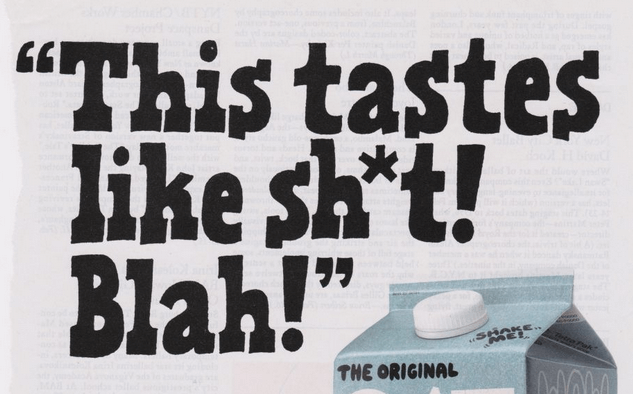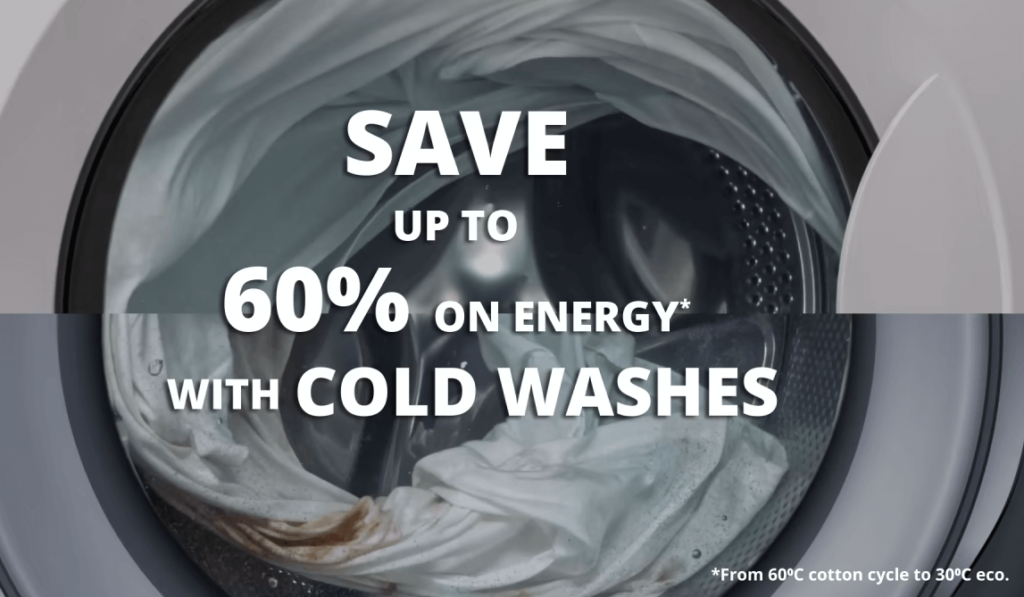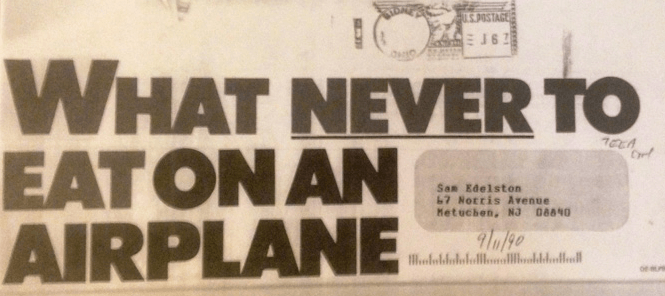Ever found yourself staring at the blinking cursor on the screen and wondering how in the heck you’re supposed to convince people to buy that incredible product or service you’ve just spent months building, using mere words?
Maybe you’ve already written your website/landing page/sales page copy—maybe you’re even getting lots of traffic. Only… those visitors aren’t converting into paying customers.
It’s easy to feel deflated. It’s easy to think that perhaps it’s your product that’s not up to scratch. But before you pull the plug, take a closer look at your copy.
When it comes to persuasion and conversion, it doesn’t happen randomly. There is no incomprehensible magic that only happens when the moon is blue, and the stars align. It is entirely deliberate. Master copywriters write intentionally, using their knowledge of human psychology and the power of words to move their audience to conversion. In this post, I’ll highlight 9 copywriting tips designed to tighten and brighten even the drabbest copy of them all.
9 Ways to Improve Your Copy
1. Show Some Personality
Don’t be afraid to show some personality through your copy. Take time to think about your brand identity, find the right voice, and then use it. Use contractions! I’d say write how you speak, but really what I mean is write how your brand speaks.
Injecting personality into your copy will keep readers hooked. Here’s another way of looking at it: a charismatic salesperson with self-assuredness, a wide grin, and a twinkle in their eyes is more likely to make a sale than a boring salesperson who speaks as though they’re reading from a textbook.

2. Remove Filler Words
Adverbs like “really”, “so”, and “very” weaken statements. You don’t need to tell me that something is “completely fat-free”, just “fat-free” will do.
McDonald’s slogan, “I’m lovin’ it” wouldn’t sound as good if it was “I’m really lovin’ it.” Similarly, Gillette’s “The best a man can get” wouldn’t pack the same punch if it was “The very best a man can get.”
This tip is perhaps one of the easiest ways to tighten copy and instantly achieve a better result. Comb through your copy now and remove those filler words.
3. Where’s Your CTA?
Don’t be shy about your call to action. You’ve told your customers how wonderful your product is, now tell them to take action! Simple, direct calls to action work better than overly polite and wordy CTAs, and don’t forget to be specific about the benefits and incentives you’re offering.
A good CTA: Get more tips and tricks on how to improve your copy. Sign up for free updates.
A not-so-good CTA: If you enjoyed reading this post and you’d like to receive updates, you can sign up for our newsletter by clicking on this link.
4. Focus on Benefits
It’s easy for creators to focus on the incredible features of their product, but the problem is this: people buy benefits, not features. Generally, we purchase things that we believe will make our lives better in some way. Buy these pills, they’ll help you lose weight fast. Buy this car, you’ll stand out. Buy this pillow for a better night’s sleep. Buy this security system to keep your loved ones safe.
You get the idea. Think about what you’re trying to sell to your prospects. A boost in productivity? Work efficiency? Innovation? An edge? How will their lives, their work, or their business be improved by using your product or service?
5. Be Specific
Increase your credibility by being specific. Promising more, faster, and better, for example, are noncommittal and easy to disregard by your readers.
Use figures. Tell them that they’ll save 15% on their next order. If your service is faster than that of your competitors, tell them by how much: “Forget waiting. We know you have better things to do. We guarantee our agents will get back to you within 2 hours or claim your money back.”
The more details and specifics you add, the more likely your readers are to believe you and to be moved.
With the fuel price crises, many washing detergent companies are promising better performance during cold washes. Check out Persil’s copy and note the specifics: Save up to 60% on energy, From 60° cotton to 30°C eco.

6. FFS – Cut to the Chase
The average person is constantly bombarded by attention-seeking distractions. Text messages, social media, memes, television, radio, phone calls, work, kids, books, Netflix—you get the idea. Most people don’t have the time or the attention span to read through fluff just to get the information they’re looking for.
This is the bottom line: if they can’t find what they’re looking for sharpish, they’ll “swipe left” and move on to something else.
If you’re writing a blog post, give your readers the answer they’re looking for—minus the fluff! Preferably in the first paragraph. Use subtitles and headings to break up longer copy for easy reading.
Place your CTAs where your readers expect them. Include an about page, prices page, and contact info where your prospects can find them easily.
You must make the journey of signing up, buying, learning, or contacting you, as frictionless as possible.
7. Choose Your Message and Stick to It
One of the most important rules in copywriting is the rule of one. Your copy should focus on:
- One reader
- One idea
- One call to action
Given how important tip number 7 is, let’s take a deeper look into it.
One Reader
Your copy should be focused on solving the pain points and challenges of ONE reader—the reader who will most benefit from your product or service. It’s natural to think that by trying to appeal to two, three, or more types of people, you can get more customers. Unfortunately, broadening your target readers dilutes the strength of your copy!
Really think about the one person you are trying to sell your product to. Figure out their goals and aspirations and how your product can help your prospect achieve them.
One Idea
This is the core message you’re trying to convey through your copy. Out of the list of benefits you’ve made for your product or service, which is the one you want to sell? The one outcome that your prospect can expect from using your product.
I’ve seen too many website headers with shifting or carousel words, and they don’t work! What they say to me is that the company can’t decide which message is more important. Too many messages will dilute the strength of the one message that could make sales, so it’s not worth it.
One Call to Action
Each piece of copy should be written with one clear conversion goal in mind. If you’re writing for a landing page and you want the reader to sign up and download a lead magnet, then this is what your CTA should focus on.
If you’re trying to sell, then the CTAs (however many you use throughout your copy) should only be telling your reader to buy. Try to think of something different to “buy now”.
“Get your copy” and “book your seat” focus on the value the prospect gets rather than the action they need to perform.
It doesn’t matter how many CTAs you use per piece of copy, as long as they are moving your readers toward taking that ONE SAME action. If you have a CTA for subscribing followed by a CTA for buying, you may end up getting neither.
8. Clear and Concise Copy is Good Copy
If you can say it in a few words, don’t use too many words. There’s no need for “in order to” when you can just say “to”. Use short sentences and short paragraphs. Don’t use complicated or “big” words when simple ones will do!
When it comes to all kinds of writing, one of the best ways to test it is to read it out loud. How does it sound? Does it sound friendly? Does it sound too impartial and therefore robotic? Or does it sound natural?
9. Nail your headline. Useful, Urgent, Unique, and Ultra-specific
The headline—not to be confused with the strapline—is the first thing your readers will see. It needs to hook, but it also needs to be specific. As a rule, headlines that hint at something useful and urgent work well. Ultra-specific and unique headlines are great, too. Notice the four ‘U’s?
Headlines that create curiosity—an itch that needs to be scratched—are great for encouraging that first click or open. Obviously, the next line must be just as good to prevent your readers from losing interest, but if they don’t open the email/envelope/website, to begin with, then the rest of the copy is irrelevant!
Take extra time to really nail your copy. Try to include all four ‘U’s but try not to sound too pushy or salesy. Write several different versions of your headline and see which works best.
The most opened envelope sent by Boardroom for over 3 years worked because it was unique. It prompted curiosity—an itch that needed scratching.

Wrapping Up
Writing great copy is a craft, and like all crafts, it takes time and practice to perfect. If you can, get feedback from a professional copywriter. Monitor your click-through and conversion rates. Make use of split testing (or A/B testing) and compare the stats from each version of your copy. Which one did better? Do more of what works, and less of what didn’t.
Above all, have fun doing it!
